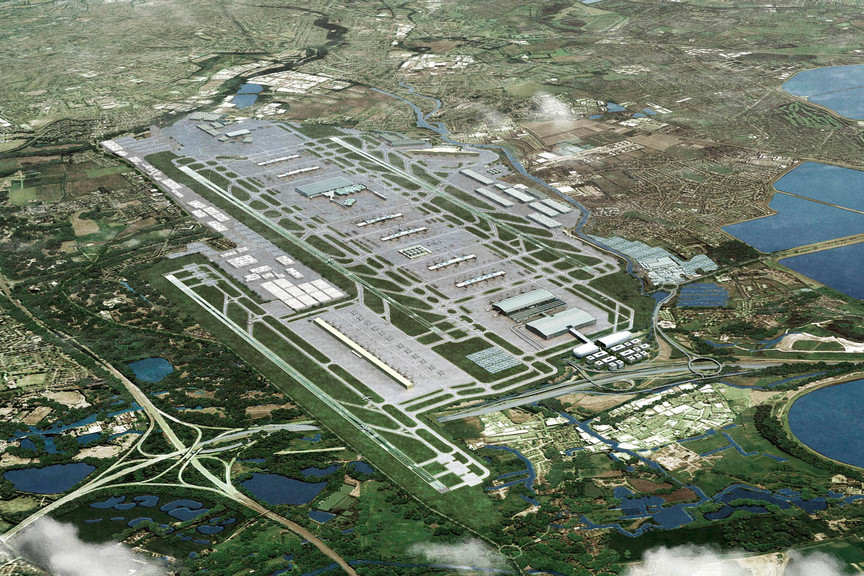Fight or flight? Why margins will matter as the world takes off again
 Gary Noakes
Gary NoakesThe number of people flying will exceed four billion next year for the first time since 2019 – but while airlines will become profitable again, returns will be wafer-thin.
That was the stark assessment of Iata’s latest Economic Outlook and State of the Industry reported, which has spelled out the industry’s fortunes this year – and what 2023 will be like.
The year so far
The industry’s 2022 net losses are expected to be $6.9 billion, an improvement on the $9.7 billion loss predicted in Iata’s June outlook. This is also significantly better than the losses of $42 billion in 2021 and $137.7 billion in 2020.
China is still holding back the industry’s return to 2019 levels. Iata’s June forecast anticipated passenger traffic would reach 82.4% of pre-crisis levels in 2022, but now predicts recovery will reach only 70.6% of 2019 levels.
Iata said strengthened yields and better cost control had helped offset rising fuel prices. It had predicted fuel costing an average $125.5 per barrel in June, but rates were now averaging $138.8.
Next year
An estimated 4.2 billion are expected to fly in 2023, but the assumed partial absence of Chinese travellers means demand will only reach 85.5% of 2019 levels.
Nevertheless, next year, Iata expects the world’s airlines to post a net profit of $4.7 billion - a large sum in itself, but only a 0.6% net profit margin. This would be the first profit since 2019 when the global industry made $26.4 billion, a 3.1% net margin.
Iata called this “a great achievement considering the scale of the financial and economic damage caused by government-imposed pandemic restrictions” but added such a small profit proved “there is much more ground to cover to put the global industry on a solid financial footing”.
Fuel prices
There is some good news for airlines next year in that Iata predicts total fuel spend for 2023 will remain consistent at 30% of expenses.
It forecasts jet kerosene to average $112 a barrel next year, $27 less than this year. Iata said supplies of fuel had stabilised after initial disruption due to the war in Ukraine.
The picture in Europe
European carriers are expected to lose $3.1 billion in 2022 but achieve a big bounce back next year, with a profit of $621 million in 2023.
Iata said: “In 2023, passenger demand growth of 8.9% is expected to outpace capacity growth of 6.1%. Over the year, the region is expected to serve 88.7% of pre-crisis demand levels with 89.1% of pre-crisis capacity.”
Other regions
So what’s going on in the rest of the world?
- North America – carriers are expected to make $9.9 billion this year and $11.4 billion in 2023, spurred by the return of US domestic travel. Demand is expected to reach 99% of pre-crisis capacity.
- Asia-Pacific – airlines are predicted to lost $10 billion in 2022 and $6.6 billion in 2023, with demand only returning to 71% of pre-crisis levels due to China’s continued restrictions.
- Middle East – the Gulf carriers are expected to lose $1.1 billion this year and make $268 million next year, with demand returning to 98% of pre-Covid levels and capacity just below this. Iata said the region was benefiting from the return of transfer passengers and from re-routings due to the Ukraine war.
- Latin America – carriers here are expected to lose $2 billion this year and $795 million in 2023, with capacity and demand next year close to each other at 94-95%.
- Africa – airlines here will also stay in the red next year, losing $213 million compared to $638 million this year. Capacity will be 84% of pre-crisis levels, with demand just above this.
Iata’s conclusion
Iata said airline profitability remains “razor thin”, with each passenger contributing an average $1.11 to the industry’s net profit.
“In most parts of the world that’s far less than what is needed to buy cup of coffee,” it concluded.
Gary Noakes is senior contributor and analyst at TTG.
It appears most of the world finally stands ready to pick up where it left off in early 2020 after nearly three years of Covid turmoil, with the exception – perhaps – of China. Iata's at best measured, at worse stark assessment is not without positives, but there is undoubtedly work – hard work – to be done to restore the sector to its pre-pandemic growth trajectory. However, with Iata forecasting a 2023 profit forecast and demand set to outstrip capacity, the sector's destiny – free from government-imposed financial economic pain – is finally back in its own hands.
Sign up for weekday travel news and analysis straight to your inbox

Gary Noakes
Supplier Directory
Find contacts for 260+ travel suppliers. Type name, company or destination.


















